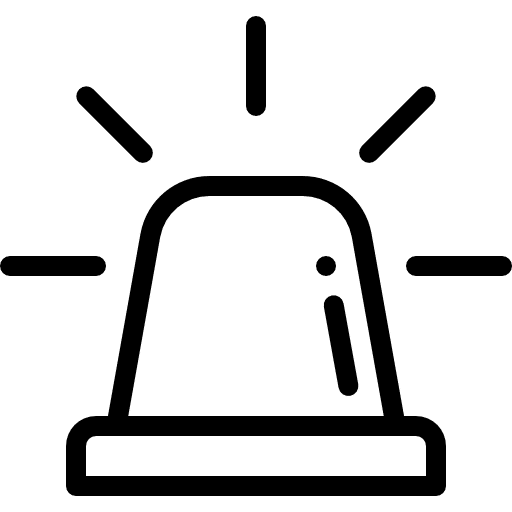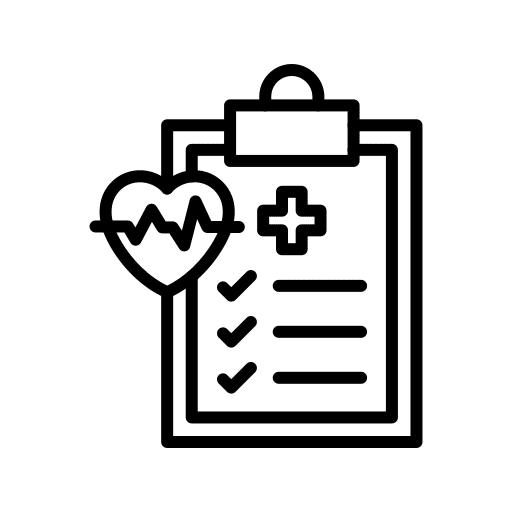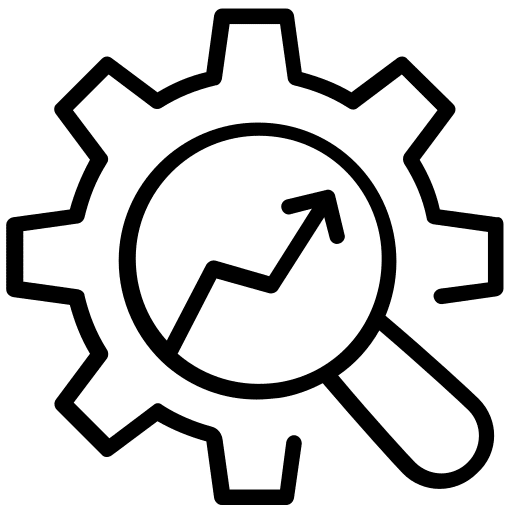Fast, Secure Hosting & Website Support
Stop dealing with a slow, broken, or stressful website. We keep your site fast, secure, backed up, and fully managed — so you never have to touch the tech again. FREE website migrations included.
Built For Service Businesses
If your website is slow, keeps breaking, or support takes forever to reply, you’re not alone. Most service businesses come to us dealing with these same headaches.
Your website should help you book jobs — not add more work.
But when pages break, forms fail, or updates get ignored, you lose leads and waste time trying to fix things yourself.
We take all of that off your plate.
Hosting, updates, backups, security, monitoring, and same-day fixes — all done for you. Your site stays fast, protected, and trouble-free, so you never have to think about website problems again.
What You Get
- Blazing-fast hosting built for WordPress
- Daily backups & security monitoring
- Weekly updates for plugins & core files
- Same-day support for website fixes
- Help whenever something breaks
- A team that actually replies
- A platform the let's you scale
Website Hosting & Maintenance Pricing
Our hosting plans keep your website fast, secure, and stress-free. Each plan includes daily backups, security monitoring, and expert support — with options that grow as your business does.
Starter
For small service businesses with simple sites.
- Fast, secure Google Cloud hosting
- Cloudflare CDN & performance boost
- Daily backups & uptime monitoring
- Weekly plugin & theme updates*
- SSL & active security protection
- Access to our support team
Business
For growing businesses that can’t afford downtime or broken leads.
- Includes everything in Starter, plus
- Form testing & uptime tracking
- Fixes for plugin/theme conflicts
- Monthly performance optimization
- Instant Indexing to Google Search
- Priority support when issues arise
Premium
For companies that rely on their website to generate daily leads.
- Everything in Starter & Business +
- Unlimited 30-min site updates**
- Monthly speed & performance tuning
- Daily backups and uptime monitoring
- SEO keyword ranking report
- Same day website support
All plans include Google Cloud hosting, Cloudflare protection, and daily backups through BlogVault. Final pricing may vary based on your website’s needs.
* Support billed hourly ($150/hr) for site changes or fixes. ** Larger updates billed separately.
Not sure which plan is right? Let’s take a look at your site together.
Which Plan Should I Choose?
Choosing the right hosting plan depends on how important your website is to your business. Here’s a simple way to decide:
Starter — $125/month
- Your website is small and simple
- You just need fast hosting, backups, and updates
- You don’t rely on your website for daily leads
- You’re switching away from a cheap host and want something better
Perfect if your website is important, but not mission-critical to your business.
Business — $245/month
- Your website helps you generate consistent leads
- You can’t afford downtime, slow speeds, or broken forms
- You want priority support when something goes wrong
- You want monthly performance optimization and more proactive care
For most established service businesses that rely on steady leads.
Premium — $495/month
- Your business relies on your website every single day
- Every missed lead or downtime costs you money
- You want same-day fixes, faster performance tuning, and ongoing SEO insights
- You want a team ready to jump in right away when issues happen
For companies where every hour of downtime equals lost revenue.
Why Businesses Switch to YEG Digital
Most of our hosting clients come to us after dealing with the same problems over and over again. If any of these sound familiar, you’re not alone — and you’re in the right place.
Before switching...
- Slow website speeds
- Support that takes days or weeks
- Constant plugin issues and broken pages
- Unexpected downtime
- No one proactively maintains your website
- You’re paying for hosting but doing all the work yourself
After switching...
- A fast, reliable website
- A team that actually replies
- Weekly updates and daily backups done for you
- Same-day support when something goes wrong
- Help whenever something breaks
- Peace of mind knowing your site is taken care of
How Switching to YEG Digital Works
We make switching safe, smooth, and stress-free. Here’s how the process works:
1. Quick Website Check
We review your hosting, plugins, security, and performance to make sure everything moves over smoothly.
2. Zero-Downtime Migration
Our team moves your website safely to our servers — your site stays live the entire time.
3. Speed & Security Setup
We configure Cloudflare, set up daily backups, tighten security, and optimize your site for performance.
4. Ongoing Updates & Support
You get weekly updates, daily backups, monitoring, and same-day help when something breaks.
What you have to do: Almost nothing — we handle everything for you.
Real Results From Businesses That Switched

Faster load times
Most websites load 40–70% faster after switching to our hosting setup.

Steady Lead Flow
Fixing slow pages and broken forms leads to more form fills and more consistent leads.

Fewer Emergencies
Clients see a major drop in plugin issues, broken pages, and unexpected downtime.

Stronger Security
Daily backups, tougher security, and proactive protection against risks.

Better Stability
Your website runs on fast, reliable hosting so you see get better performance.

Quicker Fixes
When something breaks, our team jumps in fast – usually the same day.

Proactive Care
Weekly updates, backups, and monitoring keep your site always healthy.

Improved Rankings
Speed boosts, uptime, and clean technical setup help your site perform better.
What Our Clients Say
Frequently Asked Questions
Most sites are fully moved and set up within 24–48 hours. Your website stays live the whole time — no downtime.
No. We run a full check before switching, make a safe backup, and migrate your site with zero disruption.
Yes — as long as it’s built on WordPress, we can host and support it. (Astra, Elementor, Beaver Builder, custom themes — all good.)
Happens all the time. If we find major issues, we’ll fix the important parts first or recommend a cleanup or rebuild if needed. You’ll always know the plan before we do anything.
Yes. Most fixes are handled same day, and urgent issues are handled right away.
Yes — updates, backups, security monitoring, performance checks, and fixes are all included depending on your plan.
Of course. Everything is month-to-month. No contracts, no long-term commitments.
We don’t host email directly, but we help set up and manage Google Workspace or Microsoft 365 — whichever you use.
Yes. If your site needs a refresh or a full rebuild, we can handle that through our web design service.
We clean it, secure it, and get you back online as fast as possible. (And we make sure it doesn’t happen again.)